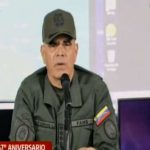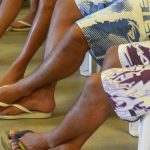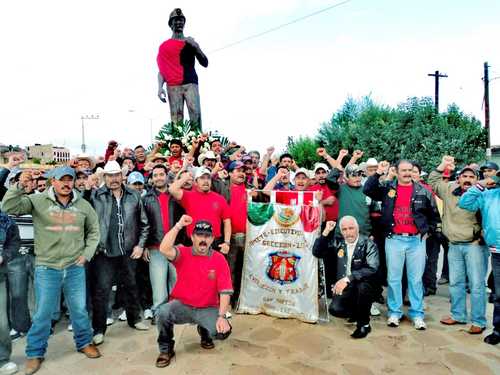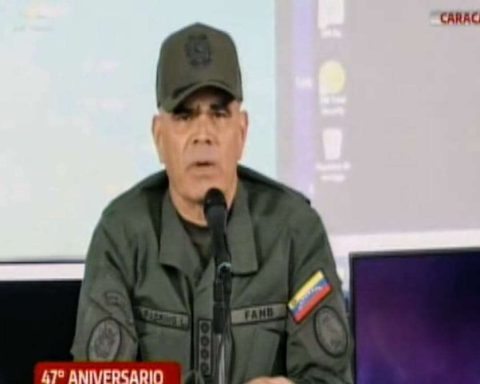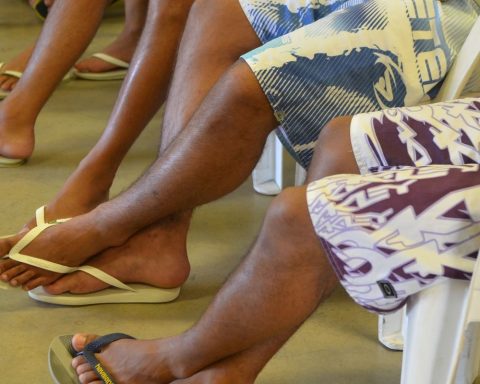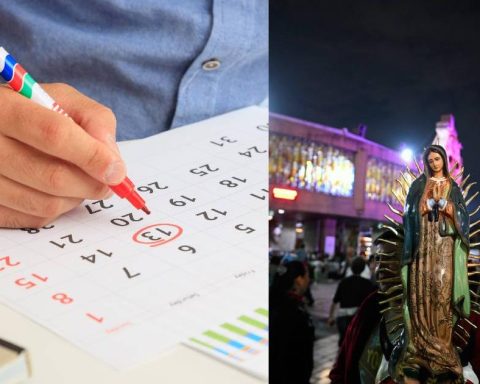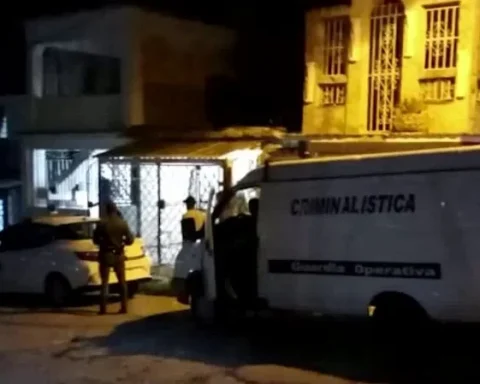The first phase of the SINGLE TABLE of the Dialogue for Panama unanimously approved, without dissent, although with some “points under discussion”, the document prepared by the technical subcommittee that addressed the issue of Education, which is part of the unified agenda.
The United People for Life Alliance, the National Alliance of the Organized People (Anadepo) and the leaders of the Ngnöbe-Buglé Comarca and peasant communities of the Eastern Chirican requested the Executive Branch to allocate 6% of the Gross Domestic Product to the Educational sector, and consensus was achieved:
• Allocate 5.5% of the Gross Domestic Product (GDP) in the Fiscal Period of 2023, and raise this allocation to 6% in 2024.
This agreement is based on an estimate of GDP growth of 5% for the years 2022 and 2023. According to the consensus document, this represents an accumulated increase in two years of B/. 1,122 million (36% accumulated), with respect to the Budget Project for the year 2023, compared to the estimate of the budget for the year 2024.
Another consensus was to propose an amendment to Executive Decree 439 of 2020, which regulates the Public Procurement Law, in the sense of providing the option of exempting the use of the online quotation platform for purchases made by educational centers with the financial funds allocated to your entity.
Another agreed aspect is the payment of pending debts of many years in concept of appointments, bonuses, travel expenses of difficult access, and others.
It was also agreed to set up an Educational Table on Saturday, August 13, with actors from the education sector to strengthen the roadmap outlined in the Commitment to Dialogue for Education, in the 2019-2024 Strategic Plan.
Likewise, it was agreed to eradicate the 1,200 ranch classrooms that exist in the national geography for decent schools.
This first phase of the Single Table of Dialogue for Panama will resume its work next Wednesday, August 3, 2022, at 5:00 pm, at the Cristo Sembrador Center in Penonomé.
At the end of the dialogue in this first part, the teachers’ unions and the Ministry of Education were negotiating the settlement of the end of the strike, to guarantee the return to classes.
